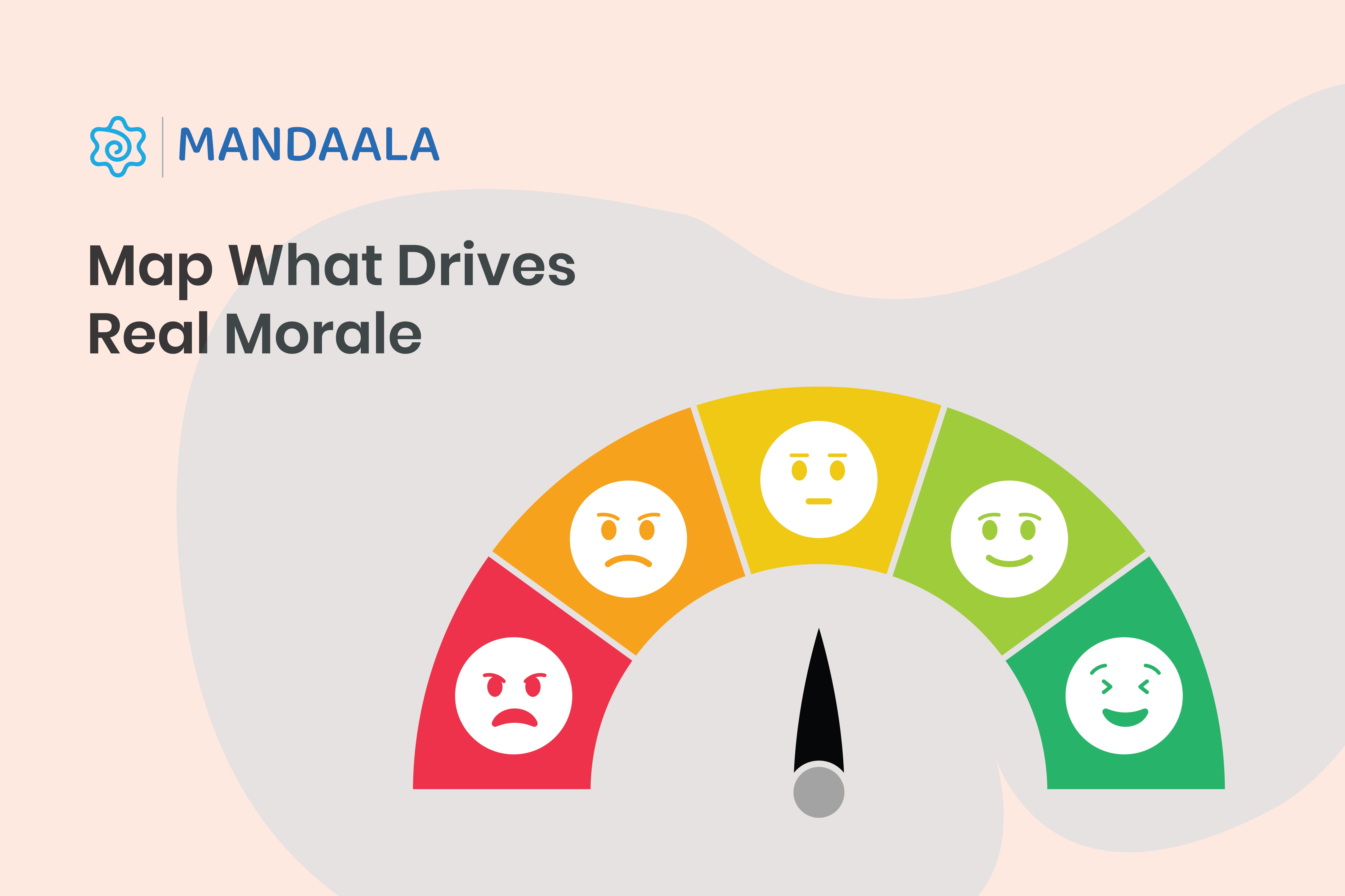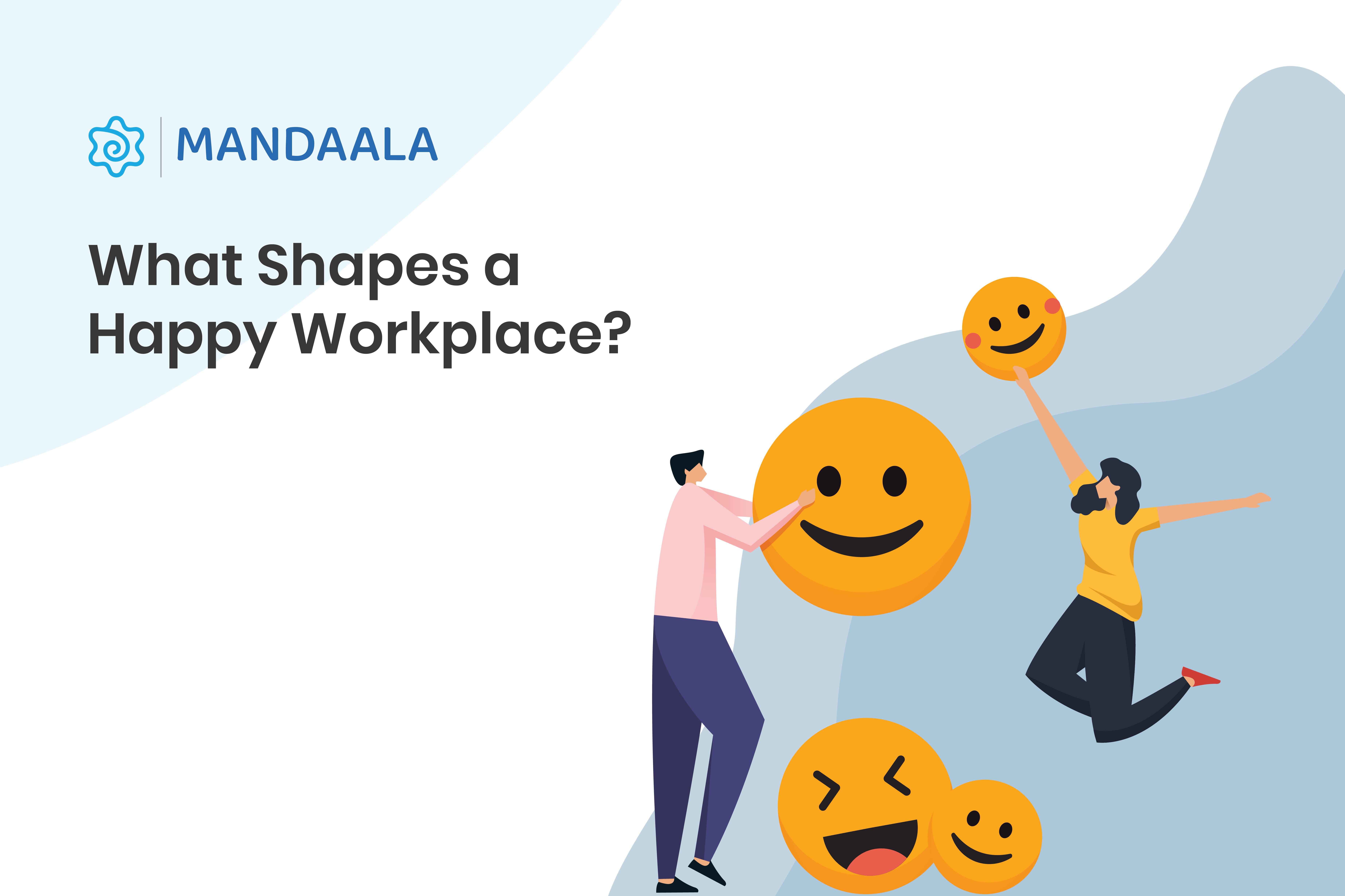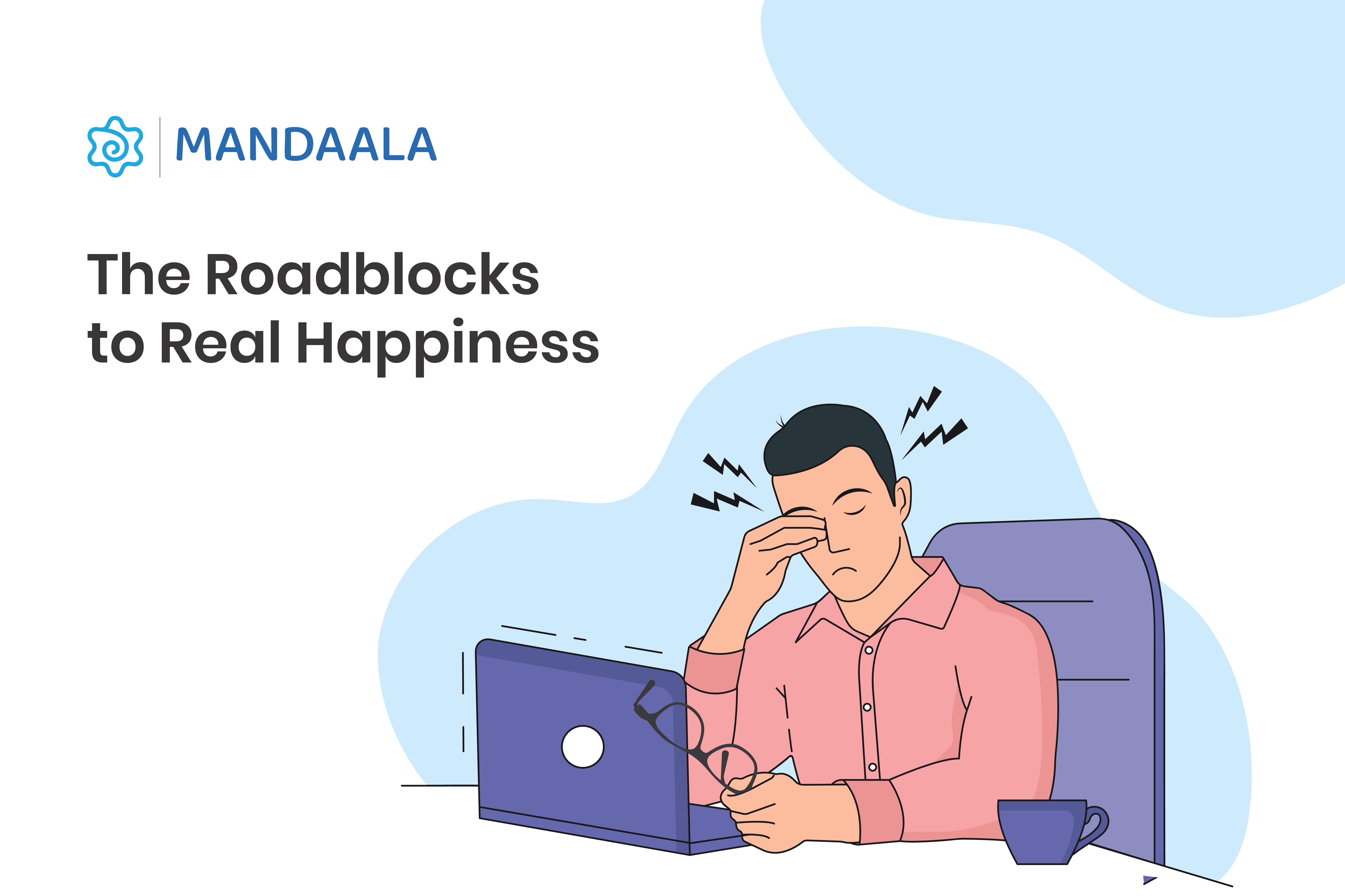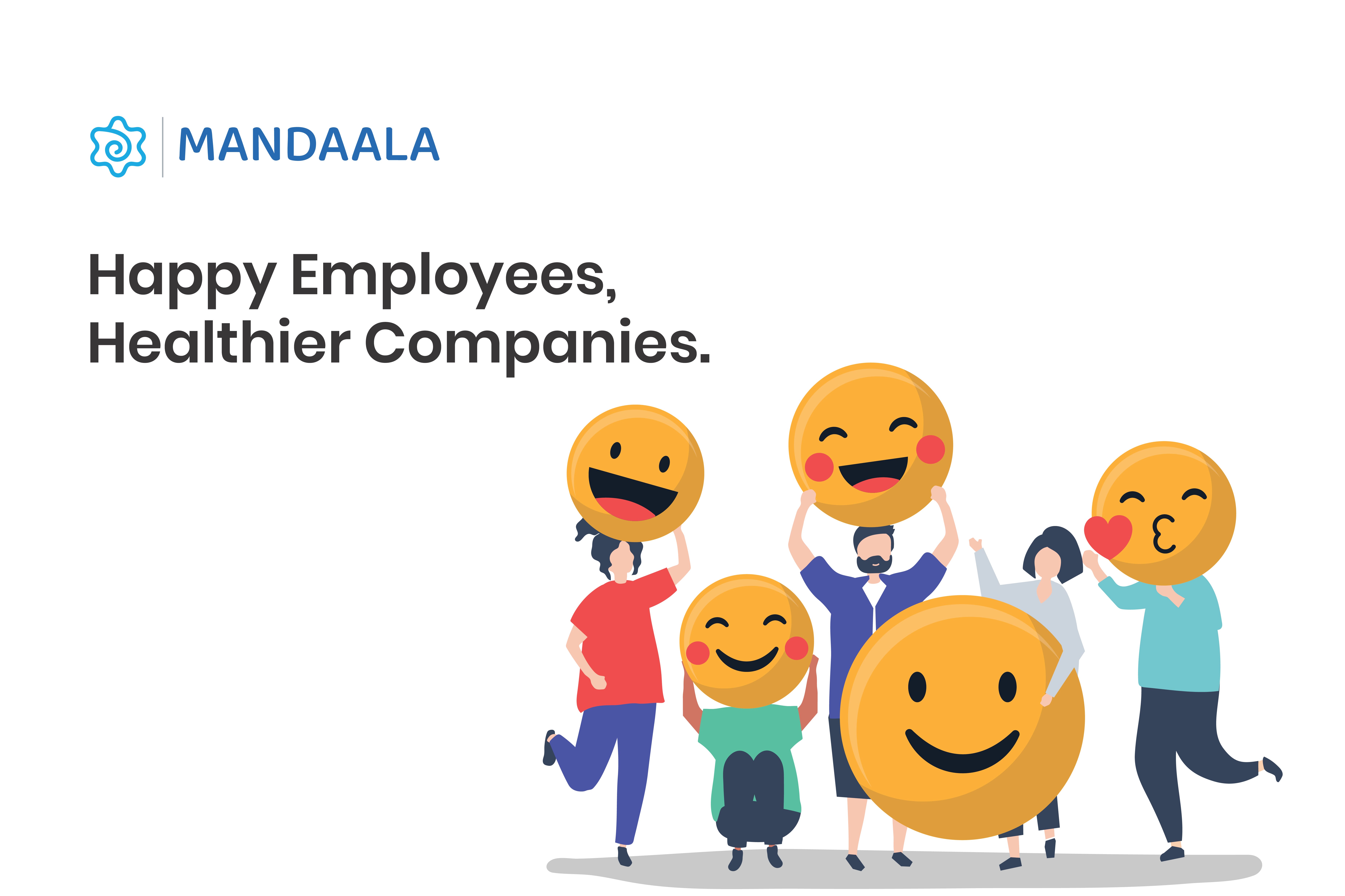Understanding the Employee Happiness Index and Its Impact on the Workplace

Everyone’s talking about engagement, productivity, and retention, but at the heart of it all is a simple question: are your people happy at work? The Employee Happiness Index (EHI) helps you find an honest answer. It’s not just another survey metric; it’s a way to understand what’s working, what’s not, and how your culture is really being experienced. Because when employees are happy, everything else tends to fall into place.
So how do you turn something as personal and subjective as happiness into a measurable, trackable organisational input?
What Is the Employee Happiness Index?

The Employee Happiness Index (EHI) is a structured metric that quantifies how happy and emotionally well employees feel in their workplace. It combines multiple sentiment indicators into a single score, making it easier to track well-being over time. Think of it as an early-warning system for culture health and employee morale.
Five key elements that shape the index:
1. Job satisfaction : Do employees find their work meaningful, manageable, and motivating?
2. Work-life balance : Are they able to disconnect, recharge, and manage personal priorities?
3. Recognition : Are contributions acknowledged regularly in ways that matter to them?
4. Engagement : Are they emotionally invested in the company’s success?
5. Psychological safety : Do they feel safe to voice ideas, feedback, or concerns?
Most engagement or satisfaction surveys offer point-in-time data. The EHI, in contrast, gives you a longitudinal view, helping leaders spot patterns, not just problems.
Why Measuring Employee Happiness Matters
Employee happiness is one of the clearest leading indicators of organisational health. Long before issues show up in attrition reports or exit interviews, a dip in happiness signals deeper friction, misalignment, fatigue, or lack of support. Unlike engagement, which can remain high even in high-stress environments, happiness reflects how sustainable that engagement really is. Tracking it gives leaders a proactive lens, helping them intervene early, not just react late.
But understanding why happiness matters is just one part of the puzzle. The next step is identifying what actually shapes it.
How the Employee Happiness Index Is Calculated
The Employee Happiness Index is calculated using survey responses that measure key emotional drivers like job satisfaction, recognition, work-life balance, and psychological safety. Each response is scored and weighted based on its influence on overall well-being, then aggregated to produce a single index score. Data is anonymised to maintain trust and encourage honest feedback, while still allowing for team or location-level insights. Tracking this index over time helps organisations spot patterns, measure progress, and respond to changes with clarity. It’s not a one-off survey, it’s an ongoing reflection of how people truly feel at work.
Factors That Influence the Employee Happiness Index

1. Work environment & culture :
Toxic environments, even with high pay, can quickly erode happiness, while inclusive, value-driven cultures tend to retain it.
2. Leadership and communication :
Employees are significantly happier when leaders communicate openly and consistently follow through on promises.
3. Recognition & rewards :
Timely, personal recognition has a bigger impact on happiness than generic reward systems or annual awards.
Click Here for Employee Rewards Ideas: 70 Ways to Boost Engagement
4. Growth opportunities :
A lack of visible career paths or skill development options is one of the top drivers of employee dissatisfaction.
5. Workload & flexibility :
Even engaged employees burn out when workloads are unmanageable or flexibility is missing during key life moments.
When these elements are nurtured, the impact isn’t just emotional, it’s deeply operational. Here’s what a high Employee Happiness Index can unlock.
The Impact of the Employee Happiness Index on Workplace Performance
1. Employee retention :
Introducing the Employee Happiness Index fosters a culture of early intervention, helping organisations address dissatisfaction before it leads to attrition.
2. Productivity :
When workplace happiness is consistently tracked and prioritised, employees are more focused, motivated, and able to sustain performance over time.
3. Innovation :
Companies that adopt the Workplace Happiness Index often see a rise in creative thinking, as employees feel safer to speak up and explore new ideas.
4. Collaboration :
Measuring happiness builds trust by showing employees their experiences matter, which directly improves communication and teamwork.
That impact becomes even more meaningful when leaders use the index as a tool for action, not just observation.
Using the Employee Happiness Index to Drive Organisational Improvements
When organisations consistently measure workplace happiness, they unlock patterns that lead to sharper, faster decisions. A drop in scores after a new manager joins? That’s a prompt for leadership coaching. A steady rise in one team’s index after flexible hours were introduced? That’s a case to scale policy. The Employee Happiness Index brings clarity to cause and effect, helping companies test ideas, monitor real-time impact, and design people strategies based on evidence, not assumptions. Over time, it turns culture-building from a reactive effort into a deliberate, data-informed practice.
Of course, like any meaningful metric, the real value of the EHI depends on how thoughtfully it’s implemented, and that comes with its own challenges.
Challenges in Measuring and Maintaining Employee Happiness

Tracking workplace happiness can be powerful, but it’s not without its challenges, especially when intent isn’t matched with follow-through.
1. Data bias :
Employees may hold back honest responses if surveys feel impersonal, poorly timed, or not truly anonymous.
2. Inaction on feedback :
Collecting insights without visible change can damage trust and reduce participation in future efforts.
3. Resistance :
Some teams may see happiness tracking as unnecessary or insincere, especially if it’s introduced without clear purpose.
The good news? These challenges aren’t roadblocks, they’re reminders to be intentional. Here are a few ways to build happier, healthier workplaces with the EHI as your guide.
Best Practices to Improve the Employee Happiness Index

Improving workplace happiness isn’t about knowing the right words; it’s about embedding the right habits into how the organisation actually runs.
1. Foster open communication :
Move beyond surveys with regular check-ins and open forums where feedback can be shared and visibly acted upon.
2. Promote flexibility :
Let teams define what flexible work looks like for them, instead of applying a rigid version of hybrid or remote policies.
3. Recognise contributions :
Make recognition personal and thoughtful. Some people value public praise, while others prefer quiet acknowledgement.
4. Invest in growth :
Offer accessible learning opportunities tied to real career movement, not just generic training modules.
5. Support well-being :
Prioritise planning, reasonable deadlines, and time to disconnect, not just wellness webinars or awareness days.
Conclusion: Why the Employee Happiness Index Matters
The Employee Happiness Index is only as powerful as what you do with it. It’s not just a score, it’s a starting point. When used with intention, it helps organisations turn vague feedback into focused action, and cultural goals into everyday practice. Prioritising happiness doesn’t mean lowering standards; it means building an environment where people can meet them without burning out. In the long run, companies that track happiness, and act on it, don’t just retain talent. They build workplaces people believe in.
Mandaala is the solution arm of PrintStop India.